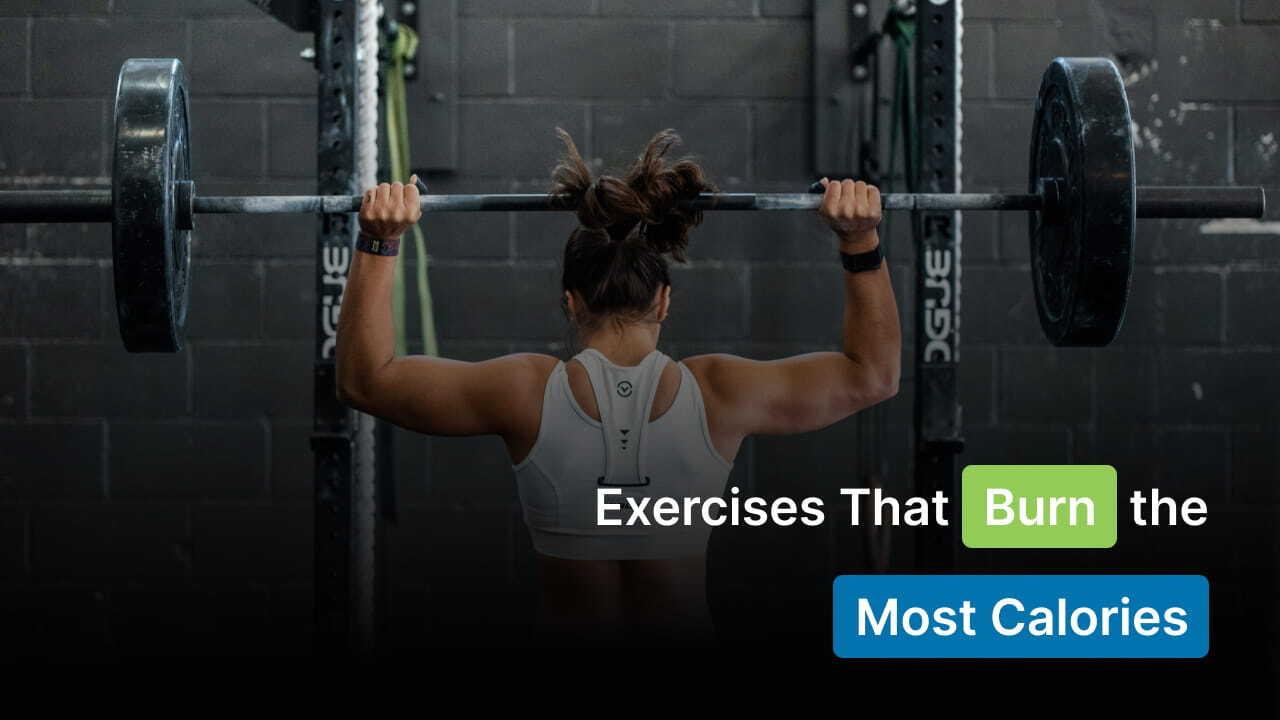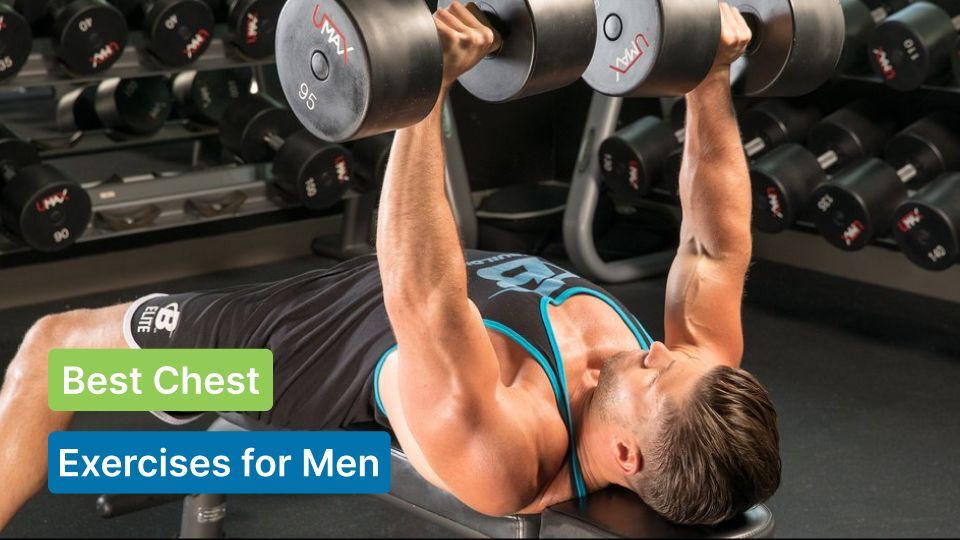
Hot yoga, or Bikram, is a trend that's lately been embraced by celebrities like Beyoncé, Lady Gaga, Jennifer Aniston, and George Clooney. Indeed, hot yoga is having a hot moment in Hollywood!
In case you haven't heard of it before, hot yoga is a type of yoga practiced in a room heated to 105°F with 40% humidity. Now, this sounds like an unpleasant situation to put yourself in, and you might be wondering what are the benefits of hot yoga. Do they actually work? Well, to be honest, it does have lots of advantages. Hot yoga improves your flexibility, makes you stronger, and a lot more. However, like any physical activity, it also comes with its own set of risks and safety considerations.
In this blog, we will discuss the benefits of hot yoga that are actually legit. We’ll also cover some tips on how to get started. Read on!
What is Hot Yoga?
Hot yoga is basically a type of yoga that’s performed in a heated room. The temperature is typically raised to above 105° F with 40% humidity. The most famous type is Bikram yoga, created by Bikram Choudhury in the 70s, which involves a set series of 26 postures and two breathing exercises. Other styles, like Vinyasa and Power Yoga, can also be done in a heated room.
Warmer weather promotes greater flexibility, deeper stretches, and lots of sweat. While the concept of detoxification through sweat is debated, many practitioners report feeling refreshed and rejuvenated after a hot yoga session.
Who Should Do Hot Yoga?
Hot yoga isn't for everyone, especially pregnant women and heart patients. It also may not be suitable for people with dehydration and intolerance to heat issues. It is designed to be hard, make you sweat a lot, and challenge even the most experienced, but to be honest, the reward is worth it.
So, if you're new to yoga, you should first check with your doctor or healthcare provider, especially if you have any health concerns. Once you've crossed the green line, start with a slower-paced session and gradually progress to the more advanced ones.
Who Should Avoid Hot Yoga?
Avoid engaging in any hot yoga practice without first consulting a medical professional if you have any pre-existing medical conditions, such as migraines, respiratory issues like asthma, cardiovascular issues like heart disease or high or low blood pressure, or are taking certain prescribed medications.
Healthcare professionals can provide tailored advice and suggest particular tips to guarantee safe practices for you. Also, pregnant ladies are generally advised to avoid activities that can lead to overheating and potential harm to the fetus.
What Are The Benefits Of Hot Yoga?
So, now get back to the main part of the blog. Practicing hot yoga for four times a week has the following benefits:
1. It nourishes the skin and boosts the immune system.
You may not believe this, but hot yoga does have a positive effect on your skin. The sizzling temperature of the room helps you sweat fast. As you begin to sweat profusely, your body expels toxins that have accumulated in your pores. This cleans your skin in order to prevent it from getting acne, rashes, and skin infections.
So, turn up the heat, anyhow; the extra sweat is the purpose. Don't let getting saturated by your own sweat stop you. Sweating in a warm environment improves circulation, which supports the optimal function of your immune system. It may also contribute to the internal hydration of your skin, resulting in a radiant complexion.
2. It leads to better bone mass.
As we age, our bone density gradually declines. Menopausal women, for instance, can lose up to 50% of their bone mass! Interesting, huh? Hence, premenopausal women and elderly persons must increase their bone density. Hot yoga is much more beneficial for bone health than traditional yoga poses, where you support your weight during the position.
A five-year study of Bikram yoga practitioners found that premenopausal women had higher bone density in their necks, hips, and lower backs. Researchers suggest that Bikram yoga might be a useful technique for lowering women's osteoporosis risk.
3. It improves your flexibility and balance.
Stretching when your muscles are warm, like in hot yoga, can improve muscle flexibility and increase range of motion (ROM). You'll have better flexibility in your shoulders, lower back, and hamstrings.
In comparison to a non-heated area, the heat enables the body's soft tissue to relax more quickly. This increased laxity may make some stances and positions a little easier to achieve. The heat helps to warm up the muscles, allowing for deeper and safer stretches. This can be particularly beneficial for people with tight muscles or who are recovering from an injury.
4. It’s a great cardio workout.
Scientifically speaking, heat can increase your heart rate, improving your overall health. Research has shown that just one session of hot yoga is enough to get your heart pumping faster. Not only that, but hot yoga can also lower your blood pressure more effectively than normal yoga flow. Positioning your body in 26 postures in that extreme heat has the same effect as running a mile (1.6 km.) It literally can burn 1000 calories per session.
5. It helps get rid of arthritis.
The next most effective benefit of hot yoga is relieving joint pain. After all, yoga was meant for therapeutic purposes. Arthritis sufferers frequently report feeling better after two or three hot yoga sessions. The only con here is that it's a short-term cure. It will not go away unless you maintain your yoga practice.
6. It helps relieve anxiety and depression.
You may have heard that yoga can reduce stress and anxiety. Hot yoga can do more than that; turning up the heat can give an extra boost of relief and relaxation. It releases feel-good hormones. Yes, hot yoga can improve your mental health like no other.
In one study, those with moderate-to-severe depression reported far higher degrees of alleviation after participating in heated yoga sessions. So, do yourself a favor and attend just one session of hot yoga whenever you feel down.
7. It increases your lung capacity.
Many people use only 50% of their lung capacity. That's what hot yoga is supposed to help you with. Here's How – Your lungs can hold more oxygen if you practice deep breathing because it makes them more flexible.
Strong, healthy lungs are better able to carry oxygen to the blood, which helps the body become purified and rid itself of toxins. This is true despite the common misconception that breathing becomes more difficult in a stuffy environment. Deeper breaths cause the lungs to expand more than usual, allowing more oxygen to enter the bloodstream and go to other organs and systems.
8. It reduces sole muscles and stiff spots.
Experts say that doing yoga in a chilly or unheated space usually leaves you feeling it the next day. Since your body's muscles were encouraged to open and stretch throughout the exercise, you are less likely to feel stiff and tight the day after practicing in a warm setting. In other words, healing time is shortened.
9. It lowers blood glucose.
Hot yoga might be especially beneficial if you are at risk for type 2 diabetes. In fact, exercise of any kind will lower blood glucose levels. However, an intense hot yoga practice improved glucose tolerance, particularly in older persons who were obese, according to a study.
Disadvantages of Hot Yoga
The biggest concern with practicing hot yoga is dehydration. Obviously, profuse sweating can result in significant fluid loss, which can increase the risk of dehydration. It can strike suddenly in the heat and possibly make you feel nauseous or lightheaded. So, the best way to minimize this risk is by drinking plenty of water before and after your hot yoga session.
While hot yoga can improve flexibility and reduce muscular stiffness due to its increased range of motion (ROM), it is also easy to overstretch and injure yourself during sessions. So be patient, go slowly, and try not to risk overexerting your body but steadily build your stamina.
How To Get Started With Hot Yoga? – Guide
If you're unsure how to handle the conditions, you could try a beginner's yoga class first since some instructors advise doing so before moving on to hot yoga. When you're ready, we recommend attending two or three hot yoga classes each week at the very least to experience the physical advantages.
It is not advisable to create an opinion of a hot yoga session on a single visit. In the first week, try going three times to give your body time to adjust to the heat. Then, you can decide on your own. Yoga instructors will offer tips on how to handle the heat. Pay attention to what they say.
i) Choose the right class & arrive early:
Going to the right studio also matters since hot yoga is a challenging workout. Choose a registered yoga center and certified yoga instructor. If you’re a beginner, check if the studio offers a foundational lesson beforehand so you can become comfortable with the movement patterns and feel the heat.
Try to arrive at your studio at least fifteen minutes early so you can settle into the space before the class starts. Proceed with an open mind and follow the instructor's guidance.
ii) Bring the right gear:
Pack up your essentials like a yoga mat, a water bottle, a tiny hand towel, and an optional mat towel in case you sweat a lot. Sweat will almost definitely trickle down your face and go into your eyes. Beach towels work perfectly if you don't have a mat towel, which is cut to the same size as a typical yoga mat.
iii) Eat light:
Try not to eat food for two hours before class to reduce indigestion, bloating, or nausea. Also, bring a water bottle, especially one that is insulated to keep your water cold. You will require it to stay hydrated.
iv) Dress comfortably:
Being comfortable is key! Consider wearing athletic materials for your sports bra or tank top with leggings or biker shorts. Try to wear form-fitting clothes made of a moisture-wicking fabric. Baggy cotton or hemp clothes will quickly get soaked and weigh you down, making it difficult to move easily.
v) Practice proper breathing:
If you're completely new to hot yoga, start slowly. Don't rush into it. Focus on steady, deep breaths throughout your practice. This helps regulate your body temperature and ensures you get enough oxygen.
Tips To Get The Most Out Of Hot Yoga
Now that you know how to get started with hot yoga, there are some safety tips to keep in mind:
- Always stay hydrated: This means drinking more water than you usually do. You can also consider upping your electrolyte intake after the session, which can be as simple as adding lemon juice and a little pink salt to a glass of water.
- Avoid eating a large meal before sessions: This tip is very important not just in hot yoga but in any form of exercise. Refrain from eating large meals, be it healthy or junk food. It makes sense to approach hot yoga like any other intense workout since many practitioners report that it increases their heart rate in the training zone. That is to say, consuming a large lunch right before class will probably cause you to feel lethargic and possibly queasy.
- Your body will get used to it: Keep practicing; any yoga guru will tell you it will become easier with time. Your body will gradually acclimate to the heat, just as it will new poses. If you find the heat too much to handle at first, don't give up.
- Set intention: At the beginning of each hot yoga session, set an intention for your practice. It could be something specific, like improving flexibility, or something more general, like finding inner peace. Setting intentions helps guide your practice and keeps you motivated.
- Remember to breathe: Keep breathing if you notice that your heart is pounding or thumping more quickly than usual during your practice. Your body can experience that occasionally when exercising, and the heat is coupled. Take a moment to catch your breath if you feel like your heart rate is increasing. You are free to leave the room until you are at ease enough to proceed.
Conclusion!
Yoga is great, but practicing hot yoga can increase the intensity of a yoga session, offering added health and wellness benefits. Practicing hot yoga thrice a week increases heart rate, increases bone density, boosts flexibility, and burns calories. On top of that, it might lessen stress and depressive symptoms.
Pay attention to how your body responds to hot yoga. Rest when needed, and don't overdo it. Take a break and sip some water when you're feeling overheated. If you enjoy regular yoga and want to intensify your practice, Try doing hot yoga as a challenge, and you’ll see major changes in your body and mind!
FAQs
1. Is hot yoga good for you?
Ans: Yes, hot yoga helps you burn more calories, improves your cardiovascular health, builds bone density, and enhances overall flexibility and balance.
2. What happens to your body when you do hot yoga every day?
Ans: Doing hot yoga every day can cause electrolyte imbalance, which can increase blood pressure. Hence, it shouldn't be practiced daily.
3. Is hot yoga actually beneficial?
Ans: Yes, practicing yoga three times a week can improve flexibility, strength, cardiovascular health, and other health conditions.
4. What is the disadvantage of hot yoga?
Ans: The potential disadvantages of hot yoga are dehydration and a higher risk of injury. In extreme cases, it can lead to exhaustion and heat stroke.
5. How often can you safely do hot yoga?
Ans: If you're a beginner in hot yoga, it's recommended that you practice 2-3 times a week. After two weeks, three to four times a week is enough to improve your overall fitness.
6. Is sweating in hot yoga good for you?
Ans: Yes, sweating in a heated room during hot yoga increases your heart rate, which can be intense and good for overall fitness. However, dehydration can be a huge problem if you don't drink enough water.
7. Can you lose weight from hot yoga?
Ans: Yes, doing hot yoga can increase your heart rate and burn more calories during the course of the session. This can ultimately help you lose weight.
Read Also:


















































